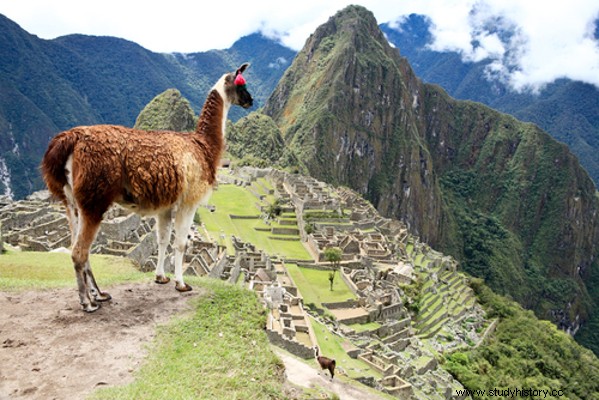
By Me. Cláudio Fernandes
Machu Picchu was, next to Cuzco, one of the two most important urban centers of the ancient Inca civilization . “Inca” (the son of the Sun) was the name given to the sovereign who reigned over the Quechua people. , which developed in the region of South America where countries such as Peru, Ecuador, Bolivia and Chile are now located.
The Inca empire, whose last political leader wasTupac Amaru , died in 1572, was known as Tahuantinsuyu , that is, “the world of the four corners”. This name was linked above all to the fact that the empire was divided into four main parts. Cuzco (which means “navel of the world”) was at the center of these four regions and was considered the capital of the Inca civilization.
Machu Picchu, which means “old mountain”, was built around the 15th century by the Inca leader Pachacuti . The mountain on which its structure was erected is close to Cuzco, in present-day Peru, therefore, close to the center of the empire.
In Machu Picchu, step pyramids, temples, solar calendars and several other stone and adobe constructions were built. In addition, it was common to domesticate animals, such as the alpaca and the llama, which were at the base of the Quechua people's economy, as wool was extracted from them and also served for transporting cargo and food.

The llama was one of the most important animals for the Inca economy
For a long time Machu Picchu was considered the “lost city of the Incas”, because until 1911 it was not known precisely what its location was. It was known that his mountain was on the circuit of the so-called “Inca Way”, that is, a path of tunnels drilled in rocks that connected the entire Inca empire for about 40 thousand kilometers. The discovery and dissemination of Machu Picchu only took place in 1911, with the expedition of the American archaeologist Hiram Bingham.
